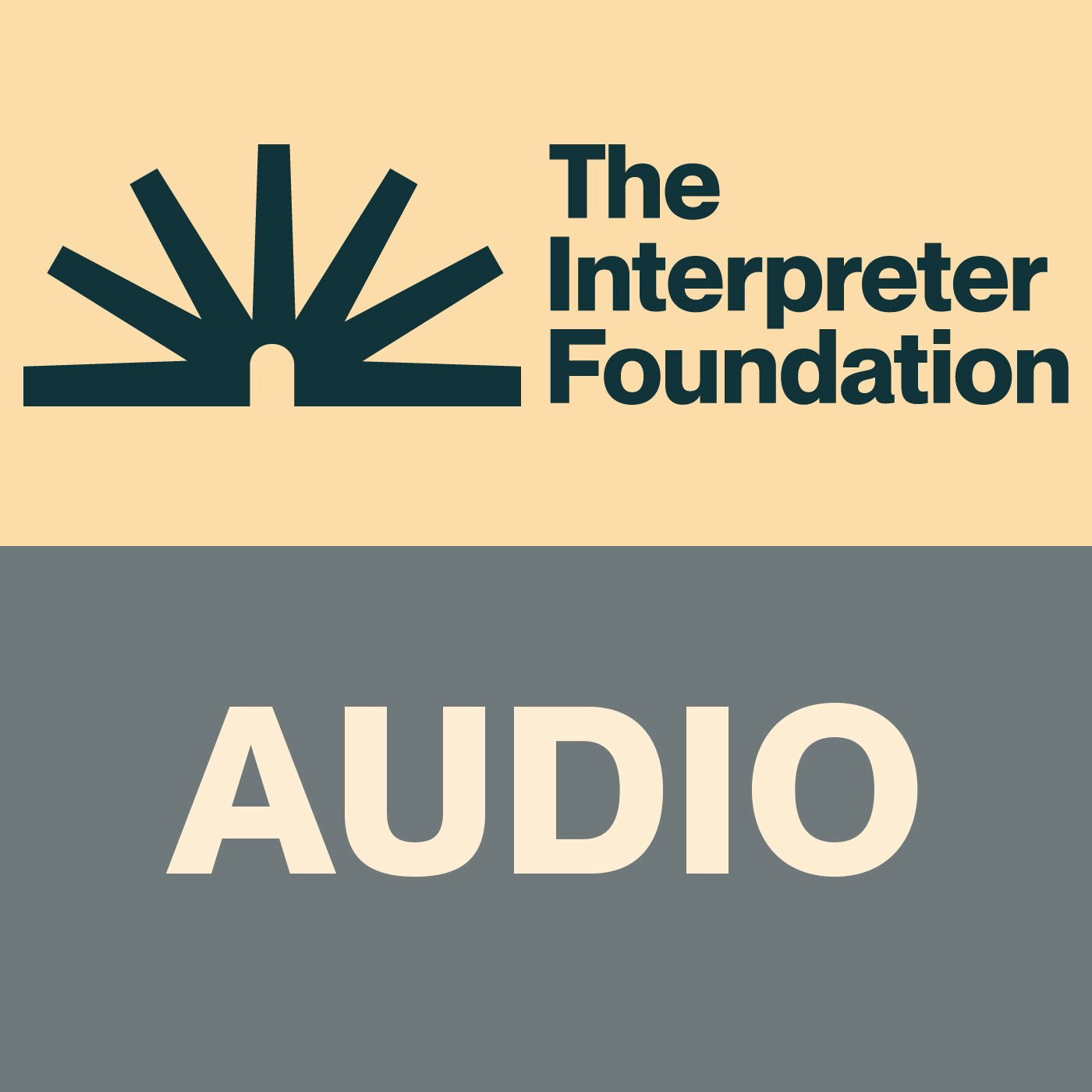A Closer Look at Transliterations in Divine Translations
Description
Abstract: The Book of Mormon contains many words left untranslated by Joseph Smith, such as cureloms, cumoms, senine, and ziff. While some might wonder why these words are left untranslated, a closer examination of the kinds of words that are simply transliterated as well as the frequency at which these phenomena occur provide evidence that Joseph Smith actually had an ancient record that he was translating into English. In this paper, I examine why some words have been transliterated in historical translations of the Bible or other ancient texts and compare these explanations to the Book of Mormon. In the end, I show that the Book of Mormon consistently transliterates the same types of words typically left untranslated in other works in ways that would have been unknown to Joseph Smith.
In the Book of Mormon, it is reported that the Jaredites had tamed multiple animals. These are mentioned in a brief list: “And they also had horses, and asses, and there were elephants and cureloms and cumoms; all of which were useful unto man, and more especially the elephants and cureloms and cumoms” (Ether 9:19). It is generally accepted by Latter-day Saint scholars that the words cureloms and cumoms are transliterations of words on the Book of Mormon plates. They may have been provided by Moroni2, Mosiah2, or by Joseph Smith, none of whom had any functionally equivalent words in their languages to designate these animals.1 Furthermore, while perhaps [Page 122]some of the most enigmatic examples, these are far from the only transliterations in the Book of Mormon. Multiple words are left untranslated in the text with no explanation ever given for this process by the Prophet Joseph Smith.
The presence of transliterations may be surprising to readers who assume that the Book of Mormon, translated by the gift and power of God, should, by nature, provide clear English terms throughout the text. However, this assumption is reading something into the text that is not there, and a close look at the transliterated words of the Book of Mormon will show that their presence is fitting for a translation of an ancient text where certain words do not have clear meaning to the translator. Translators can face various challenges when determining whether or not to translate some words. These challenges are,
* the low frequency at which the words appear in the text,
* the general fact that not all words, especially technical terms, have a one-to-one correlation with words used in different cultures, and
* the fact that rare animal or plant names can be a particular source of confusion when translating ancient texts.
Frequency of Untranslated Words
Untranslated words may generally reflect rare or unusual words in the source text. One example of these rare words would be hapax legomena, or “words (other than proper names) which occur only once” in the text.2 This is especially true of the Book of Mormon, in which various hapax legomena are present, such as the words sheum and neas (Mosiah 9:9). Other untranslated words in the Book of Mormon, including ziff (Mosiah 11:3, 8), cureloms, and cumoms, could technically be categorized as dis legomena, that is,
More Episodes
This week for Come, Follow Me lesson 48 covering Ether 12-15, we have lecture 110 from Hugh Nibley’s Book of Mormon classes at Brigham Young University, covering Ether 7-14.
During 1988, 1989, and 1990, Hugh Nibley taught Honors Book of Mormon classes for four semesters at Brigham Young...
Published 11/19/24
Published 11/18/24
Published 11/18/24


